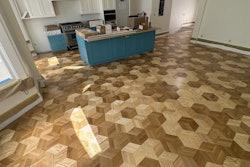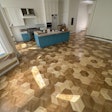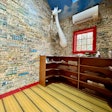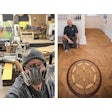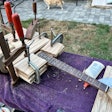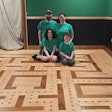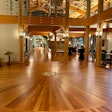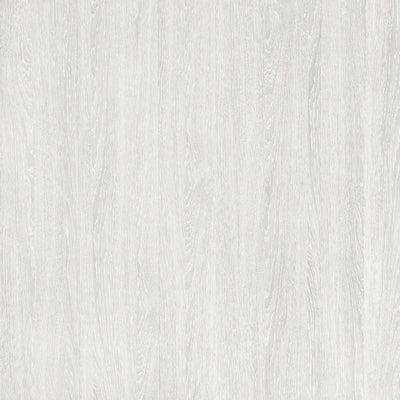
I've been in the world of flooring for 26 years now and focused on design since I became an interior designer in 2004. In all those years, I have seen some of the same mistakes made repeatedly when it comes to wood flooring, usually when consumers make their own design decisions or they let a contractor with no design background run wild. Here are some of the top problems I see when wood flooring and design collide.
Too much pattern in a small space. This is one that literally drives me to drink: You'll enter a small room and there will be a herringbone floor with a border and a rose inset. When you have a small space it simply does not allow all those elements to happen, and I think often people don't realize the impact of using a border in a room: It narrows the space and makes it smaller, which is fine in a larger area.
Putting patterns in odd-shaped rooms. If you're picking a floor for a room with a non-traditional shape, the pattern has to be sized and laid out carefully. The layout can end up spot-on or it can be disastrous. One of my favorite designs I ever did had a circular inlay in a hallway that had an offset area that was also circular; it fit perfectly and set the tone for the whole space.
Not planning for furniture and area rugs. I have clients who want to do intricate patterns in their floor but then realize they're going to put a rug over that spot. Is there a focal point like a fireplace or a major TV in the room that demands how you lay out the furniture? How does that affect the floor? If you're planning something intricate or special, that might actually be better in a foyer or a vestibule where it will be noticed. Think about the final use of the rooms, not just the blank slate of flooring.
RELATED: Elements of Wood Flooring Design
Not sizing flooring for the space. When choosing a patterned wood floor, consider what they teach you about tile: Smaller tiles make a small space feel even smaller. The same goes for wood flooring patterns. Don't visually shrink your clients' home by choosing a flooring pattern that is too small for the space.
Trying to match all the wood. One of the greatest pieces of advice from my design professors was to use the "two-shade rule." That is, stick with the same color of wood but then go one shade lighter or darker. If you're in the reds, stay in the reds; if you're in the browns, stay in the browns but contrast and complement at the same time. So if the furniture will be a walnut color, for flooring maybe go to a darker mocha or a lighter latte. That will give it richness and will showcase the furniture.
Choosing something trendy before a sale. There was a surge back in the late '90s when people thought black toilets were a good idea. I wouldn't say the wood flooring industry has a "black toilet," but certain wood floors will date a home. Gray floors and the whitewashed coastal look are hot right now, but they probably won't be long-term. If your clients plan to sell in five years, make sure they aren't pigeonholing themselves; you don't want someone to pass on the house because of the wood floors. Of course, if someone plans to stay in their home for the longer-term, they can pick whatever color or unusual wood floor they want.
Picking a product that doesn't match the overall design. That white-washed wood floor can go Ralph Lauren chic or be very modern-looking, but it won't look right in a traditional home or a prairie-style home, for example. Think about the wood floor as one element of the entire design of the home. Just because your client loves it doesn't make it a good design idea. When I lived in Alabama pine floors were hot, but they have an older, more traditional look that didn't fit every application where they were used. Also, they scratched and dented, which brings us to our next mistake:
Choosing a product that doesn't fit the lifestyle. Part of design is thinking about concepts, but then the other part is considering real life. Even if a high-gloss finish is the perfect look for the design, if a family of four with kids and pets will be living there, that glossy finish isn't going to be glossy for long.
Not using a designer when necessary. In the general public, about 30 percent of people are good at color, texture and design, and the rest could use some basic help. If you and your clients are in that 70 percent, don't be afraid to seek out even just a couple hours of advice from a good designer who can point you in the right direction.
















